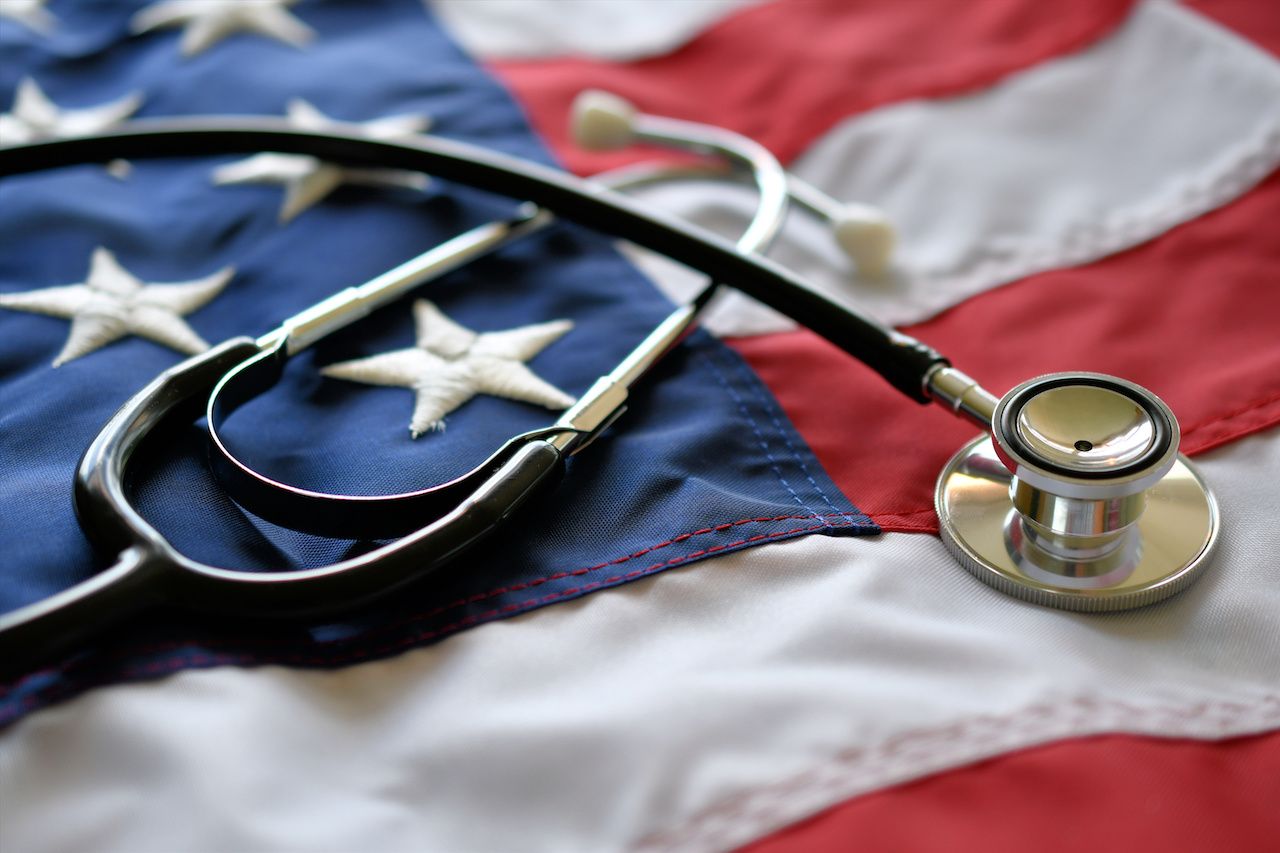- Center on Health Equity & Access
- Clinical
- Health Care Cost
- Health Care Delivery
- Insurance
- Policy
- Technology
- Value-Based Care
State-Level Data Show How Homicide, Suicide, Overdose Drive Pregnancy-Associated Mortality
Maine, Rhode Island, and Vermont were the only 3 states to not report any pregnancy-associated firearm-related deaths from 2018 to 2022, according to National Center for Health Statistics data.
Homicide, suicide, and drug overdose ranked as significant causes of pregnancy-related death among pregnant and postpartum individuals in the US, according to new research published in JAMA Network Open.1
Including data spanning from 2018 to 2022 and focusing on female patients aged 10 to 44 years, this study provides a state-level breakdown of these deaths and underscores the impact of firearms in many of these cases.
This study adds to data showing maternal health disparities in the US. | Image credit: MargJohnsonVA – stock.adobe.com

Researchers found that among 10,715 pregnancy-associated deaths, drug overdoses accounted for the highest number of fatalities (n = 2083), followed by homicides (n = 837) and then suicides (n = 579). Firearms played a substantial role, implicated in 76% of pregnancy-associated homicides and 37% of suicides recorded by the National Center for Health Statistics.
The study authors stressed that these nonobstetric causes of death are still underemphasized in conversations around maternal health policy, despite their increasing prevalence.
“The past decade has witnessed increasing polarization of public policies across states with differing political climates and economic circumstances,” the authors said. “This has resulted in measurable changes in health outcomes between state populations and expanding geographic difference life expectancy. Such policies shape the structural and macrosocial contexts that differ notably between states and that are increasingly understood as root causes of maternal health outcomes and inequities.”
State-level data showed significant variation in mortality rates, including that:
- Mississippi had the highest rate of pregnancy-associated homicide (12.86 per 100,000 live births)
- Montana had the highest rate of suicide (21.55 per 100,000)
- Delaware reported the highest rate of drug overdose deaths (36.03 per 100,000)
Additionally, Texas recorded the highest number of pregnancy-associated homicides with (n = 72), while Ohio led in drug overdose deaths (n = 173).
States such as Colorado and Mississippi reported some of the highest rates of pregnancy-associated mortality involving firearms. In Mississippi, firearms were involved in 13.42 pregnancy-associated deaths per 100,000 live births—the highest in the country. Colorado saw firearms implicated in 15.56% of pregnancy-associated deaths overall.
On the other hand, during the same 5-year period, 3 northeastern US states did not report any pregnancy-associated firearm-related deaths: Maine, Rhode Island, and Vermont. According to the authors, these findings suggest that state-specific structural and policy factors may be influencing these disparities.
“We observed substantial variation in pregnancy-associated mortality across the US, implicating the influence of state contexts and policies on population health,” they wrote. “There was wide variation across states in the rates of pregnancy-associated homicides, suicides, and drug overdose mortality, in addition to important state-level heterogeneity in the role of firearms in these deaths.”
This study adds to the arsenal of data showing disparities in maternal health in the US, including the latest March of Dimes report card.2 In 2023, the country received a D+ overall for preterm birth rates. Black birthing people continue to experience significantly worse maternal outcomes, with a preterm birth rate of 14.7%, 1.4 times higher than the overall rate.
The report also highlighted Mississippi as one of the states with the worst maternal health outcomes and some of the highest rates of pregnancy-associated mortality. Meanwhile, Vermont got the only A grade in the country with a preterm birth rate of 7.7%, echoing sentiments made in the latest study.
References
- Wallace ME, Jahn JL. Pregnancy-associated mortality due to homicide, suicide, and drug overdose. JAMA Netw Open. 2025;8(2):e2459342. doi:10.1001/jamanetworkopen.2024.59342
- Klein HE. US earns another low grade on maternal health. AJMC®. November 25, 2024. Accessed February 11, 2025. https://www.ajmc.com/view/us-earns-another-low-grade-on-maternal-health
Infertility Coverage Boosts ART Use and Pregnancy Success: Richard A. Brook, MS, MBA
August 26th 2025In this episode, Richard A. Brook, MS, MBA, discusses his study showing that infertility treatment coverage increases assisted reproductive technology (ART) use and improves pregnancy outcomes.
Listen
Advancing Women's Health: CVS Health Leader on Access, Technology, and Breaking Stigmas
December 5th 2024On this episode of Managed Care Cast, we speak with CVS Health's vice president and chief medical officer for women's health and genomics about advancements and challenges in women's health, focusing on care access, technology, and maternal outcomes.
Listen
